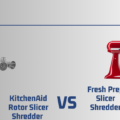Cabbage is a nutritious and versatile vegetable used in various recipes. To get the most out of your cabbage, it’s important to know how to store it correctly. Freezing sliced and non-sliced cabbage is an easy way to extend its shelf life and ensure that you always have some on hand when needed.
Can You Freeze Cabbage?
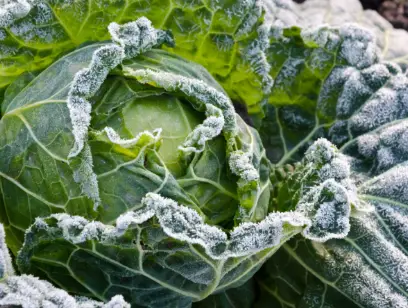
Yes, you can freeze cabbage. Freezing is an excellent way to maintain the freshness of cabbage for a longer period of time. You can freeze both sliced and non-sliced cabbage. Cabbage is used in many dishes, so having some in the freezer is always a good idea.
Which Cabbage Types Are Best For Freezing?
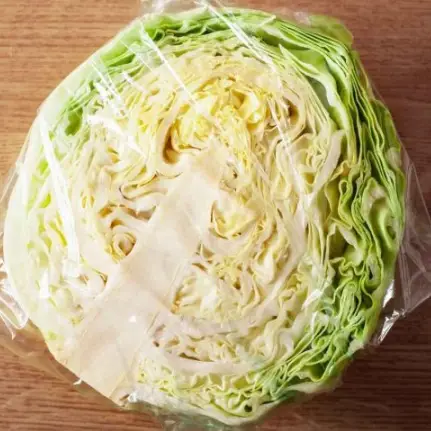
Regarding freezing cabbage, both sliced and non-sliced varieties are suitable. The best fresh cabbage for freezing is red or green savoy, napa, and Chinese cabbage. However, any cabbage can be frozen successfully.
How Can You Freeze Sliced Cabbage?
- Remove any damaged leaves: Start by removing any discolored, wilted, or damaged leaves from the head of the cabbage.
- Wash cabbage under cold water: Rinse the cabbage with cold water to remove dirt or debris.
- Cut into slices: If you are slicing the cabbage, cut it into small pieces of equal size for even cooking later on.
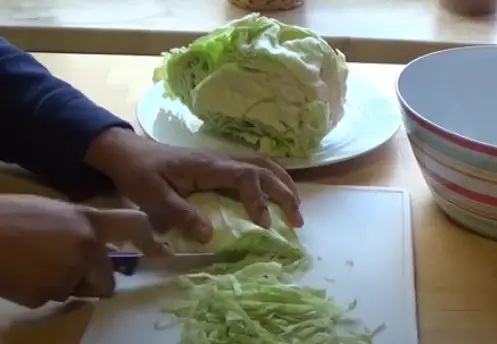
Cut cabbage into slices - Blanch: Blanching involves boiling and cooling the cabbage to preserve its flavor and texture. To blanch, boil the cabbage for 2-3 minutes. Immediately transfer it to a bowl of cold water or an ice bath to stop the cooking process.
- Dry: Use a clean kitchen towel or paper towels to pat down and remove excess water from the cabbage.
- Packaging: Place each piece of cabbage into a freezer-safe bag or container, ensuring you expel any extra air before sealing. Label the container with the date so you know when it was frozen.
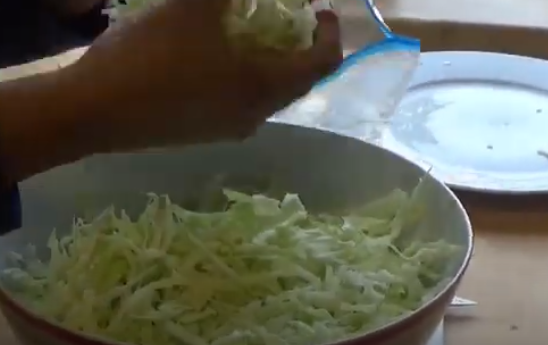
Packing cabbage - Freezing: Place the bag or container in the freezer for up to 12 months. When ready to use, defrost in the refrigerator overnight and cook as desired.
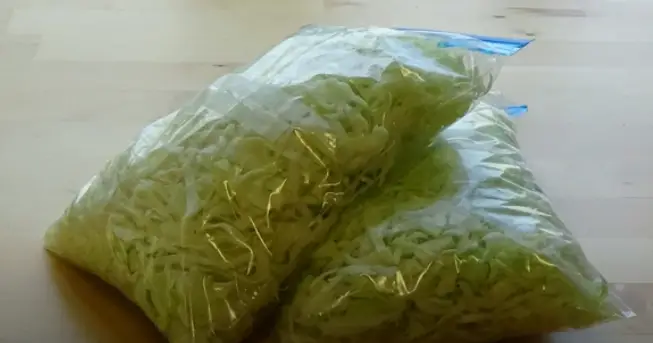
Freezing cabbage
How Can You Freeze Non-Sliced Cabbage?
- Soak the cabbage in a gallon of water: Add one cup of lemon juice or vinegar. This helps preserve the cabbage when freezing and prevents discoloration. Soak the cabbage for at least 20 minutes.
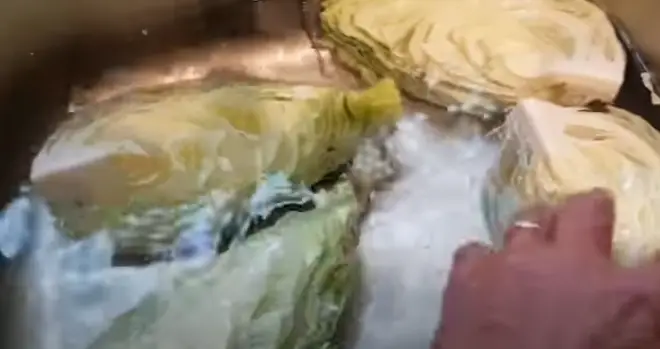
Soak the cabbage in water - Drain the cabbage fully: It is important to remove any excess water, as water will create a freezer burn and spoil the cabbage.
- Place it on a dish or tray: Place the whole cabbage in a resealable container or freezer bag.
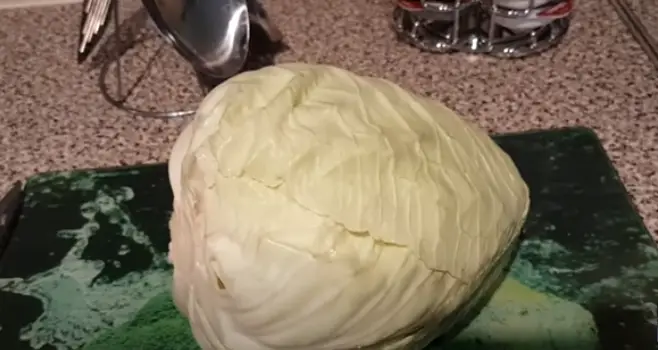
Place cabbage on a dish or tray - Place the tray into the freezer: After freezing for 8 hours, transfer the cabbage to the airtight container.
- Blanch the cabbage: You can also blanch the cabbage if you want to extend the life span of the cabbage. To blench, place the cabbage in boiling water for 1-2 minutes, then place it into a bowl of ice-cold water for another few minutes to stop the cooking process. This helps to retain its color and texture before freezing. Once cooled, let dry and wrap up individually before placing it into an airtight container freezer bag.
How To Thaw And Use Frozen Cabbage?
- To thaw frozen sliced or non-sliced cabbage, place it in the refrigerator overnight or for at least eight hours.
- Use the cabbage within 24 hours after thawing.
- For cooked cabbage dishes, add the cabbage directly to the dish without pre-cooking it.
- You can also use frozen sliced or non-sliced cabbage in salads and coleslaws; allow the cabbage to thaw before adding it to your dish.
Can You Freeze Cooked Cabbages?
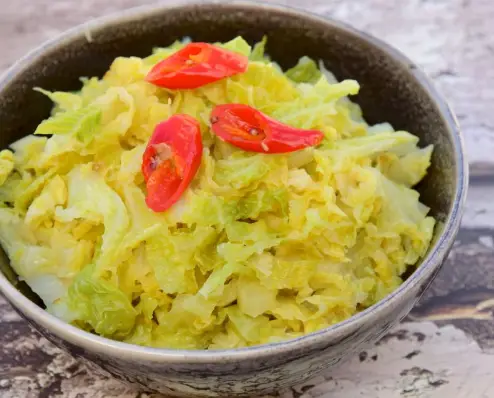
Yes, you can freeze cooked cabbages. Cooked cabbage can be stored in the freezer for up to three months. To ensure optimal quality and freshness, wrap each portion of cooked cabbage tightly using plastic wrap or aluminum foil before placing it in an airtight container. Pressing out as much air as possible before sealing the container is also important. When ready to use, thaw the cooked cabbage on the counter or in the refrigerator before reheating.
Benefits Of Freezing Cabbage
- Easy to store: Cabbage is a vegetable that can easily be frozen and stored for later use. This makes it an ideal ingredient for meal prepping or keeping on hand for quick meals.
- Affordable: Buying cabbage in bulk and freezing it is often much more affordable than buying small amounts of fresh cabbage at the grocery store.
- Longer shelf life: Frozen Cabbage can last up to a year, meaning you don’t have to worry about it going bad quickly and wasting money.
- Time-saving: Freezing cabbage saves time since you won’t have to chop or slice it whenever you need it for a recipe.
- Nutritional value: Freezing cabbage will not cause it to lose its nutritional value, so you can still benefit from the vitamins and minerals in the cabbage even if it has been frozen for some time.
How To Prevent Cabbage From Turning Brown?
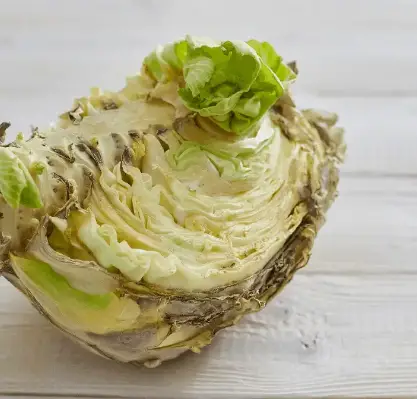
To prevent the cabbage from turning brown, follow these tips:
- Store properly: Keep the cabbage in a cool, dry place like the vegetable crisper drawer in your refrigerator. Store it in a plastic bag with a few holes to allow air circulation, but avoid wrapping it too tightly.
- Keep it whole: Only cut or shred the cabbage when you’re ready to use it. The more surface area exposed, the quicker it can turn brown.
- Use a sharp knife: A dull knife can bruise the cabbage, causing it to release compounds that lead to browning. Use a sharp knife for cleaner cuts and less damage to the cells.
- Blanching: If you plan to cook the cabbage, blanching it briefly in boiling water can help prevent browning. Submerge the cabbage in boiling water for 1-2 minutes, then immediately transfer it to ice-cold water to stop cooking.
- Acidic solution: After cutting or shredding, toss the cabbage with a little lemon juice, vinegar, or another acidic solution. The acidity helps to slow down the enzymatic browning process.
- Consume quickly: The fresher the cabbage, the less likely it is to turn brown. Try to consume it within a few days of purchasing or harvesting.
- Limit exposure to air: When storing cut or shredded cabbage, place it in an airtight container or tightly wrap it in plastic to reduce exposure to air.
- Keep it dry: Excess moisture can promote browning, so make sure your cabbage is dry before storing it. If you’ve washed the cabbage, pat it dry with paper towels or let it air-dry before placing it in the refrigerator.
Following these steps, you can help prevent your cabbage from turning brown and keep it fresh and appetizing for your meals.
Which Things Can I Use For Freezing Cabbage For A Long Time?
- Resealable plastic bags: Placing the pieces into a resealable plastic bag is best if you are freezing sliced cabbage. Make sure that all air is removed from the bag before sealing. Resealable bags protect your cabbage from freezer burn and other damage that could occur when stored in airtight containers without proper ventilation.
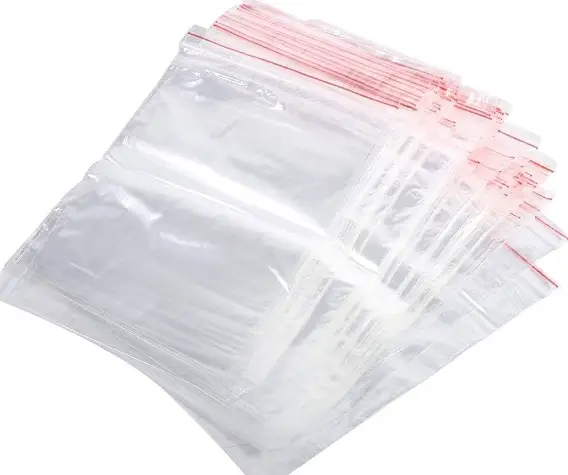
Resealable plastic bags - Plastic deli containers: Cut or pre-sliced cabbage can be placed and frozen in a plastic deli container. To freeze the cabbage, keep the lid firmly closed and store it in your freezer for up to six months.
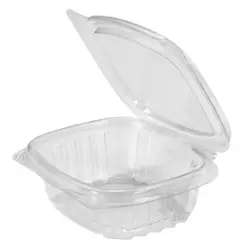
Plastic deli containers - Plastic bags: Place shredded or sliced cabbage into plastic zip-top bags, remove as much air as possible, and seal the bag. Make sure to label the bags with the date of preparation before placing them in your freezer for up to six months.

Plastic bags - Vacuum sealing: Place cut or pre-sliced cabbage into a vacuum sealer bag and remove excess air from the bag. Seal the bag shut and place it in the freezer for up to six months.
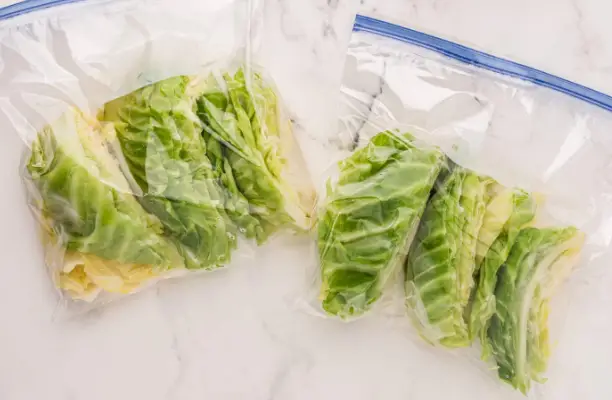
Vacuum sealing - Air-tight glass containers: Freezing cabbage in an air-tight glass container is a great way to preserve its freshness. Place the sliced or non-sliced cabbage directly into the container, ensuring it is properly sealed.
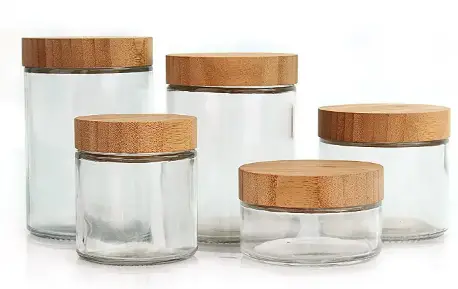
Air-tight glass containers
FAQs
Can you freeze carrots and cabbage at the same time?
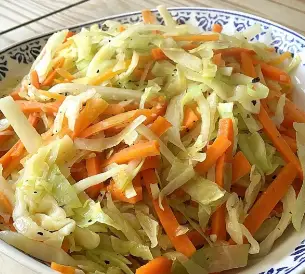
Yes, you can freeze both carrots and cabbage together. Just cut them into small pieces before freezing so they cook evenly when ready to use them.
Can I shred cabbage with a cheese grater?
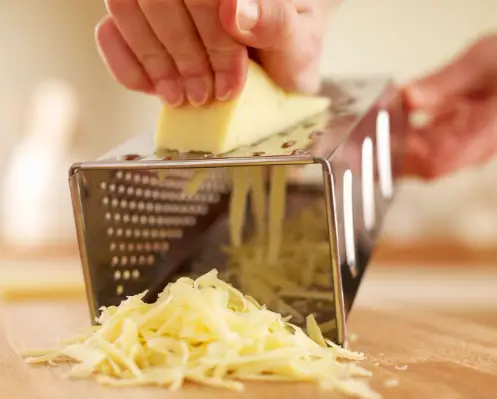
Yes, you can shred cabbage with a cheese grater. It is an easy and fast way to shred the cabbage. If you are using a cheese grater, it is important to use the large-holed side of the grater so that your cabbage pieces remain larger and don’t break down too much when frozen.
What vegetables you can’t freeze?
Some vegetables cannot be frozen, as they become too soft or watery after thawing. These include celery, cucumbers, lettuce, and radishes. If you want to freeze these vegetables for later use, it is best to pickle them. Potatoes also do not freeze well due to the starch content breaking down. If you want to freeze potatoes, it is best to par-cook them first by boiling or baking them.
What is the risk of frozen vegetables?
Freezing vegetables can reduce the risk of food poisoning and some other illnesses. However, frozen veggies may still contain bacteria that could cause foodborne illness if not cooked properly or stored at the right temperature. Vegetables should be kept at 0°C or below to maintain quality and safety. It is important to ensure any frozen produce is fully thawed before cooking, as bacteria can multiply quickly if food is not heated to the right temperature.
Conclusion
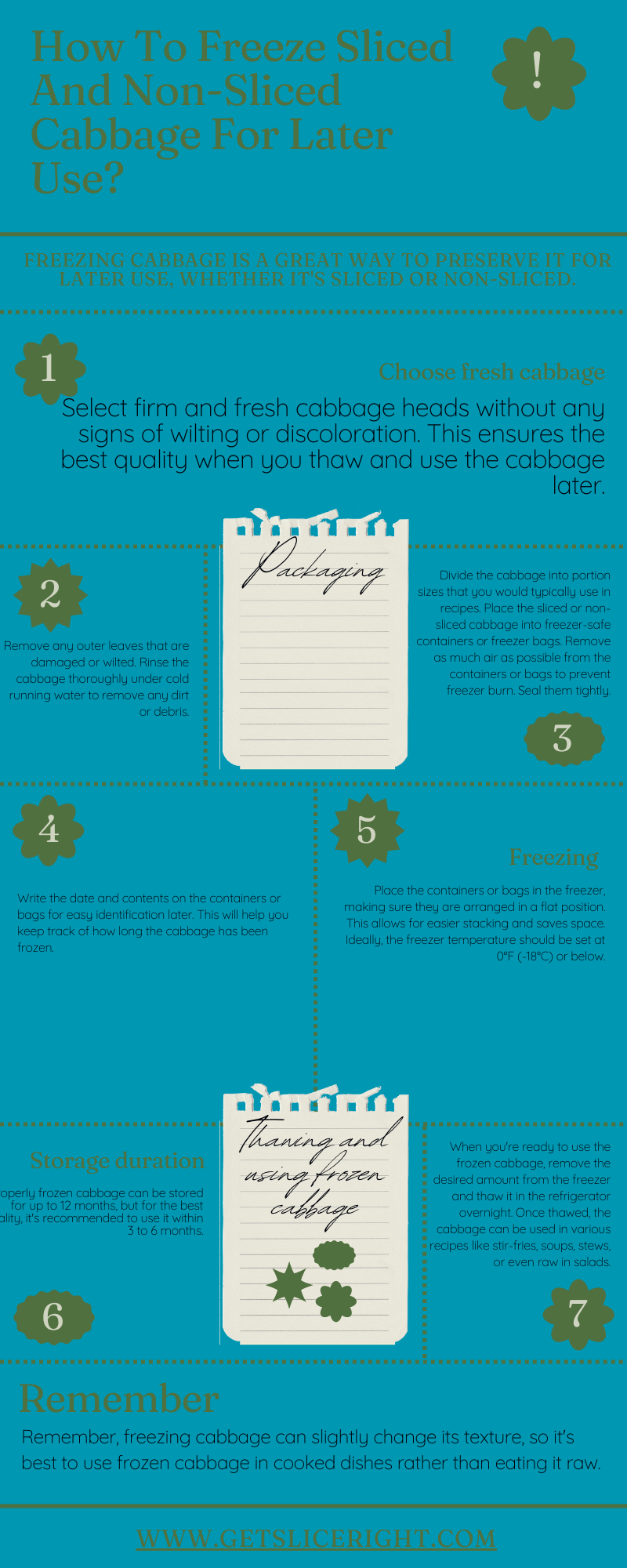
Freezing cabbage is an easy and effective way to preserve it for later use. Whether you choose to freeze sliced or non-sliced cabbage, the process remains similar: blanch, chill, package, and freeze. To ensure your cabbage maintains its flavor and texture once thawed, properly blanch and chill it before freezing.

Mario Batali is a renowned author, food enthusiast, and passionate chef who has dedicated his life to exploring the world of culinary arts. With a love for sharing his knowledge and experiences, Mario has become a prominent figure in the food blogging community, inspiring countless readers with his creativity and expertise.
In addition to his culinary prowess, Mario Batali is also a talented writer with a flair for engaging storytelling. He launched his own food blog to share his recipes, cooking tips, and personal experiences in the kitchen. Over time, Mario’s blog gained a loyal following of food enthusiasts who appreciate his unique approach to cooking and his dedication to using only the finest ingredients.
Mario Batali’s passion for food and his commitment to sharing his knowledge with others have made him a true inspiration in the world of culinary arts. Through his blog, cookbooks, and public appearances, Mario continues to spread his love of food and the joy of cooking with his ever-growing fanbase.


